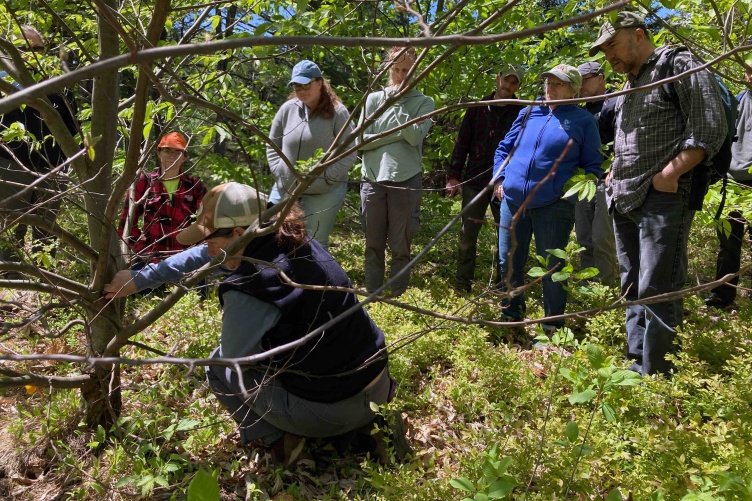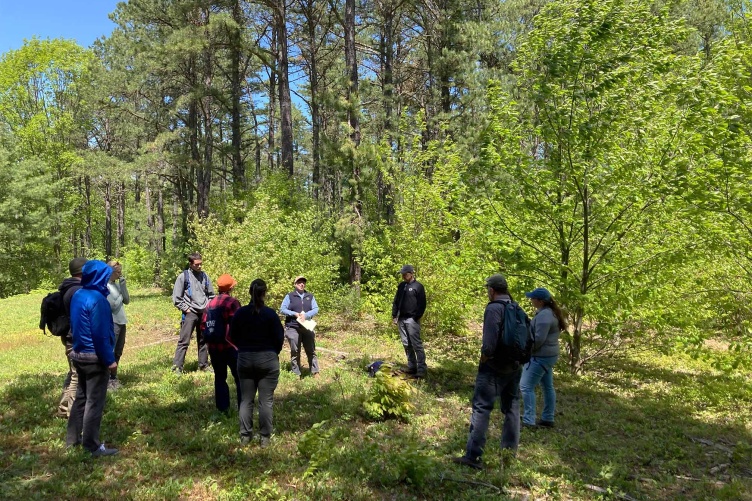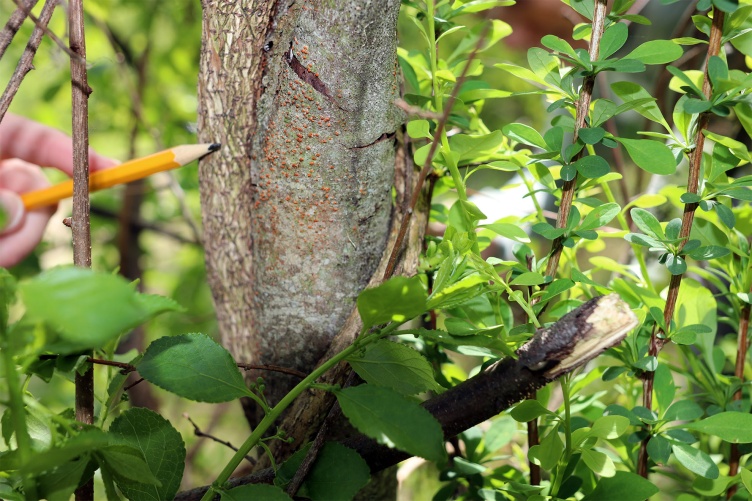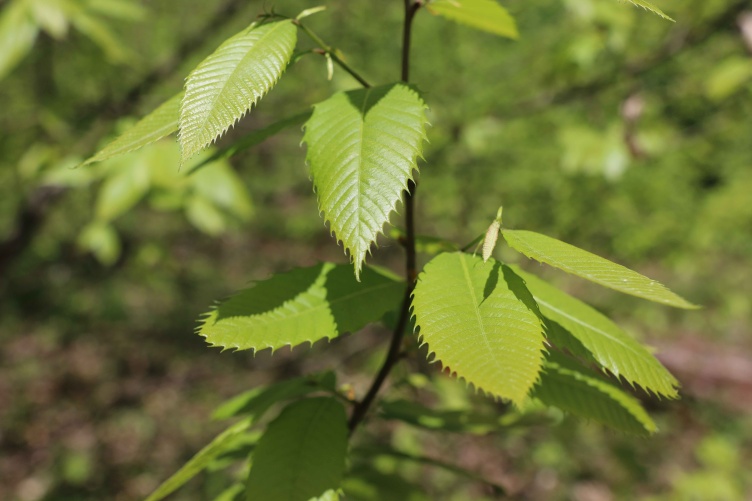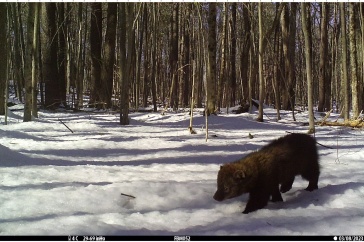Key Facts:
- There were once nearly four billion American chestnut (Castanea dentata) trees in the Eastern United States. It was among the largest and tallest trees in the region.
- During Colonial America, the American chestnut was highly valued for its resistance to rot. It was used for everything from log cabin foundations to flooring to caskets. Later on, it was used for railroad ties and telephone poles.
- American chestnut nuts were a significant source of food for wild animals, and also for agricultural animals. Chestnuts would be transported between urban areas by railroad car and sold—either fresh or roasted—in major cities.
- Chestnut blight (Cryphonectria parasitica) was introduced at the start of the 20th century. Within 50 years, the pathogen had so impacted the American chestnut that it mostly didn't grow past shrub or sapling stage. This is the case today in the wild.
- Chestnut nuts are still used though, especially in cooking; they are imported largely from Europe and come from European and Asian chestnut species.
Source: The American Chestnut Foundation
If you could travel back 120 years and walk through a New Hampshire forest, you’d notice something quite different: the American chestnut being a core part of New England woodlands. Colloquially referred to as the “Redwoods of the East,” American chestnuts (Castanea dentata) grew wide and tall—as high as 100 feet and a dozen feet in diameter—and ranged from the Lower South up to Maine. But the spread of the chestnut blight fungus (Cryphonectria parasitica) in the early part of the 20th century, it took less than four decades for American chestnuts to become nearly extinct, and with it, the disappearance of robust lumber market the species supported.
Today, one of the largest remaining plots of American chestnut trees in New Hampshire is located at the UNH Kingman Research Farm. The one-acre research plot is a joint effort between the New Hampshire Agricultural Experiment Station and The American Chestnut Foundation (TACF) to determine whether certain tree varieties are resistant to the blight fungus. Planted in 2016, the plot has about 170 potentially blight-resistant trees, which were initially bred at TACF’s Virginia-based research farm and then crossbred with the naturally resistant Chinese chestnut tree (Castanea mollissima).
Searching for Solutions to Chestnut Blight
In mid-May, a team that included UNH land use coordinator Steve Eisenhaure ’97, Station scientist Jeff Garnas, associate professor of forest ecosystem health in the UNH College of Life Sciences and Agriculture, and members of Garnas’ lab and members of UNH Extension’s Plant Diagnostic Lab visited the plot at Kingman Research Farm to take measurements and check the health of the trees.
“Plots like the one at the Kingman Research Farm are essential research tools for evaluating blight resistance and for studying how forest biodiversity might respond to the reestablishment of this once-dominant tree.” ~Jeff Garnas, associate professor of forest ecosystem health
“It’s impressive to see how well these trees have done on this site,” said Eisenhaure, who oversaw the initial planting of the one-acre plot. “And it’s energizing to imagine what our forests might look like with the possible reintroduction of the chestnut.”
“Plus, this type of project is ideal for our students,” Eisenhaure added, himself a graduate of UNH’s forestry program. “Their involvement of the entire process—planting, caring for and monitoring the trees—gives them applicable experience from a project that has real, positive, implications.”
The American Chestnut: Still Found on the Landscape
The visit was coordinated by UNH emerita professor Anita Klein and led by TACF’s director of regional programs and the coordinator of TACF’s New England regional science program, Kenda Collins ’05, a graduate of UNH’s environmental sciences program.
“We consider the species functionally extinct,” described Collins, “because while there are still American chestnuts on the landscape, these trees generally grow just to 10–15 feet in height before dying of blight, then re-sprouting and growing again.”
“They don’t often get the opportunity to mature, flower and reproduce,” she added. “Without reproducing, the chance that something in their genetics will evolve to allow them to resist blight is pretty slim.”
Collins said TACF chose UNH as a partner on this replanting and this site for the plot because they knew it wasn’t going to change hands and it would allow for the long-term study of the blight-resistance qualities in the varieties planted at the Kingman Research Farm.
“At the time of planting, this was the generation from our breeding program that we were hopeful would be ‘it’, that they would result in the return of the American chestnut to the landscape,” she added. “But before we wanted to shout that from the rooftops, we wanted to begin with plantings like this to ensure that that was the case.”
Since the planting of the Kingman Research Farm plot, TACF has learned more about the blight resistance captured by their breeding program and made additional adjustments to how they are breeding, described Collins. However, following the growth and health of this chestnut garden offers an opportunity to learn more about the performance of these varieties; it exposes students to American chestnut restoration efforts; and it provides trees that researchers, like Garnas, might use for future investigations.
Garnas said that chestnut blight represents an iconic example of widespread and devastating impacts that introduced pests and pathogens can have on forest ecosystems.
“Plots like the one at the Kingman Research Farm are essential research tools for evaluating blight resistance and for studying how forest biodiversity might respond to the reestablishment of this once-dominant tree,” said Garnas. “It’s also a valuable teaching tool as it serves as both a reminder of the past and a ray of hope for the future with respect to combating invasive forest pests and pathogens.”
-
Written By:
Nicholas Gosling '06 | COLSA/NH Agricultural Experiment Station | nicholas.gosling@unh.edu
















































